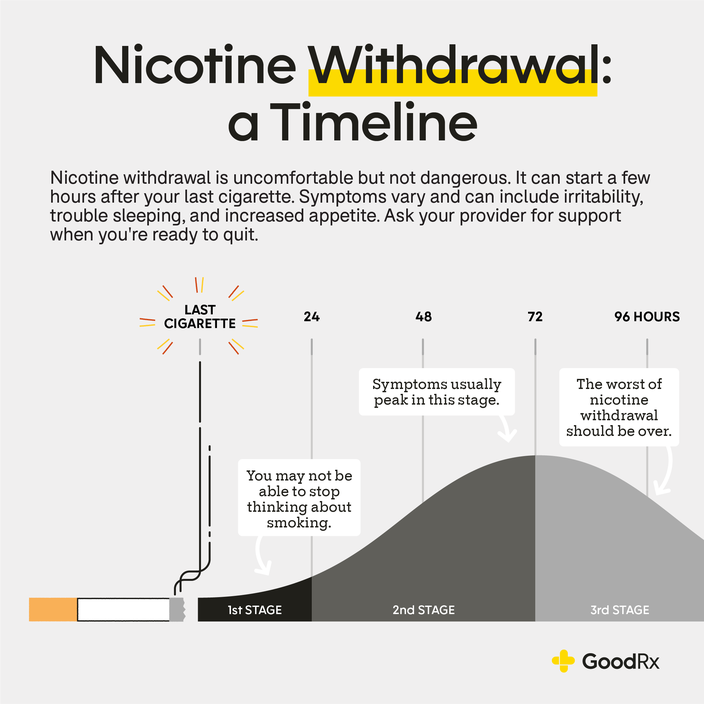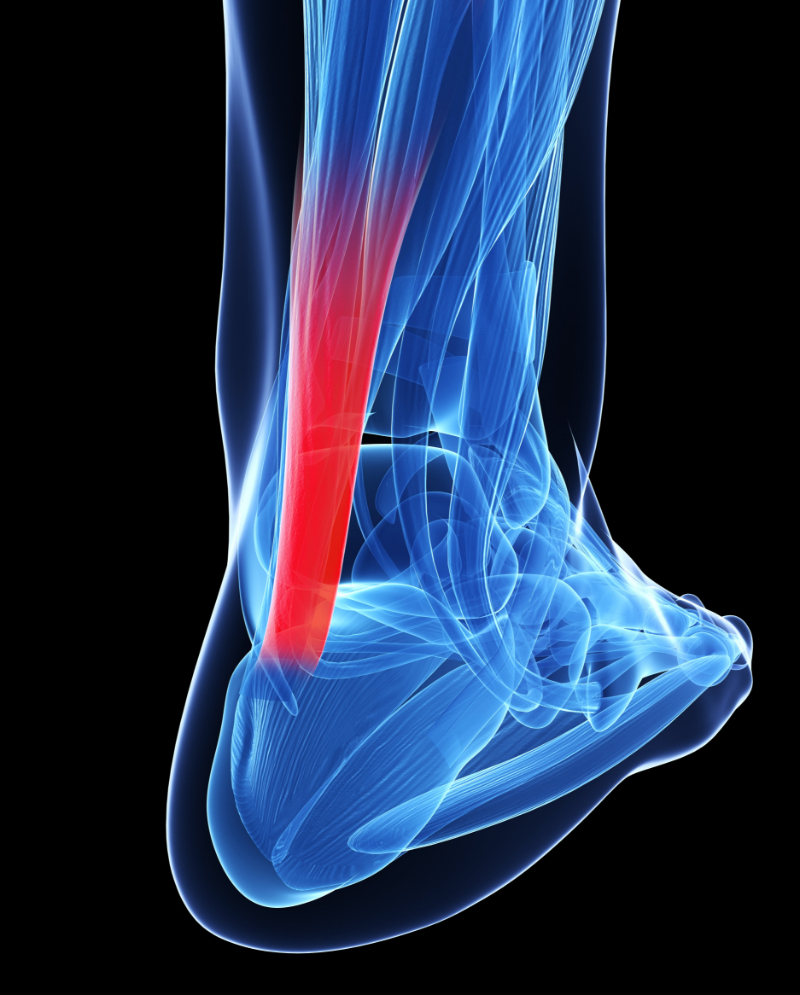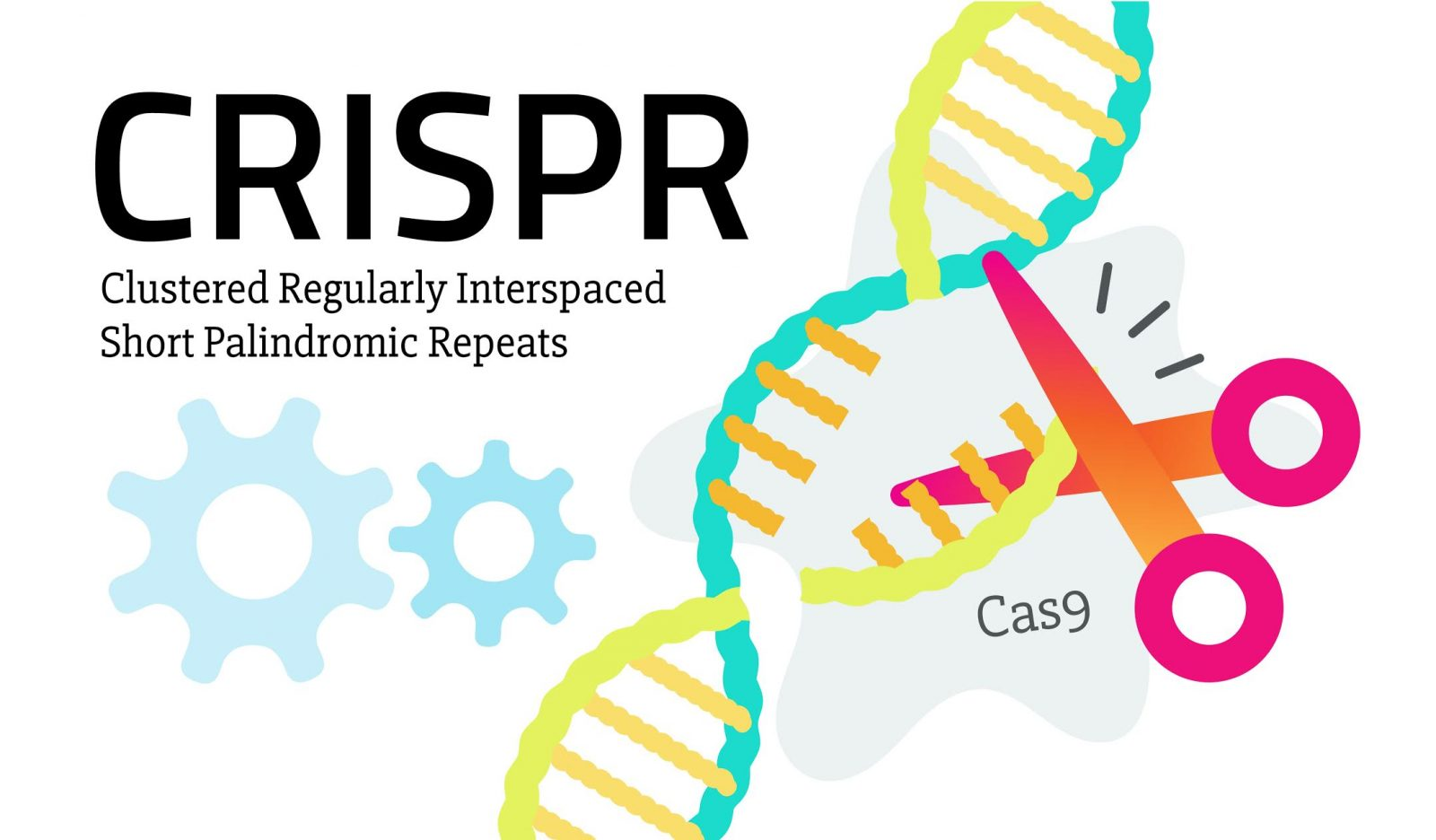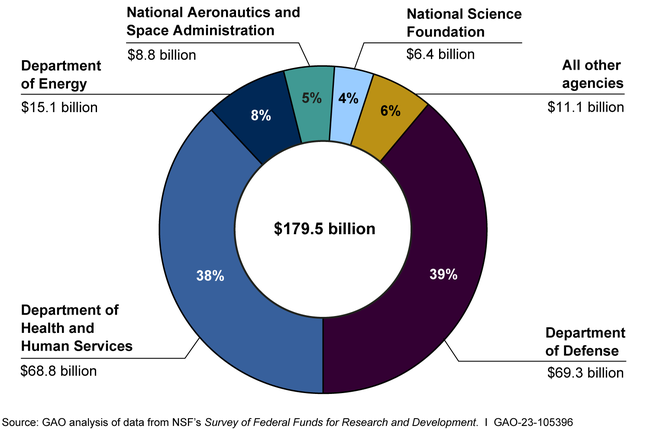The vaping cessation pill, known as varenicline, has emerged as a groundbreaking solution for young people struggling to quit vaping. Recent clinical trials highlight its potential, showing that those aged 16 to 25 who utilized this FDA-approved smoking cessation method had three times the success rate of their peers relying solely on behavioral counseling. With a significant rise in youth vaping, this effective tool may offer a much-needed lifeline to teens confronting the addictive nature of nicotine. The thrill of reclaiming one’s health and well-being is now within reach, as varenicline not only facilitates quitting but does so safely, without driving users towards traditional cigarettes. This promising development emphasizes the importance of exploring diverse smoking cessation methods to combat the vaping epidemic among youth.
The varenicline pill represents a pivotal shift in how we approach quitting nicotine, particularly among younger demographics. This medication, approved for smoking cessation, targets the addictive complexities associated with e-cigarette use, providing a scientifically-backed alternative for those seeking to abandon their vaping habits. As vaping becomes increasingly prevalent among adolescents, addressing this issue with robust therapeutic options is crucial. Various quitting strategies, including pharmacological aids like varenicline and behavioral support, are now being considered essential in helping youth navigate their path to freedom from nicotine addiction. This innovative approach underscores the urgent need for effective solutions to mitigate the risks posed by early nicotine exposure.
Understanding Varenicline as a Vaping Cessation Pill
Varenicline is gaining recognition as a powerful tool in the battle against vaping addiction, particularly among young individuals. This FDA-approved smoking cessation pill is specifically designed to aid adults in quitting smoking, but recent studies have demonstrated its potential effectiveness for teens and young adults as well. The medication works by targeting nicotine receptors in the brain, which helps to reduce cravings and withdrawal symptoms associated with quitting vaping. As research continues to unfold, it’s becoming increasingly clear that varenicline can play a critical role in breaking the cycle of nicotine dependency among youth.
The clinical trial conducted by the Mass General Brigham team underscored varenicline’s success rate, revealing that participants who used the pill were over three times more likely to quit vaping compared to those who only received behavioral counseling. This is particularly significant given the rising prevalence of vaping among teenagers; with vaping use reported at 8% among high schoolers, the need for effective smoking cessation methods is urgent. Varenicline allows healthcare providers to offer a scientifically-backed option that not only addresses immediate cravings but also fosters a long-term path towards a nicotine-free lifestyle.
The Impact of Vaping on Youth
The rise of vaping among youths presents a major public health challenge. As many as a quarter of young adults aged 18 to 25 reported using vaping devices in 2023, illustrating a dramatic shift in nicotine consumption habits. While vapes are often perceived as a safer alternative to traditional cigarettes, they carry similar health risks, including nicotine addiction and exposure to harmful chemicals. The easy accessibility and discreet nature of these products further complicate the efforts to curb their usage. Understanding the implications of youth vaping is vital for developing effective interventions that help this demographic steer clear of nicotine.
Furthermore, the early exposure to nicotine delivered through vaping may have lasting effects on young people’s brain development, potentially increasing their risk for future substance use disorders. The perception that vaping is a harmless action can lead to increased experimentation with more dangerous substances like cocaine. Addressing this risk involves not only raising awareness among teens about the dangers of vaping but also promoting alternatives like varenicline that are scientifically endorsed for nicotine cessation.
Behavioral Counseling and Its Role in Quitting Vaping
Behavioral counseling plays a pivotal role in any effective smoking cessation strategy, including for those trying to quit vaping. In the Mass General Brigham study, participants who received behavioral therapy alongside varenicline were part of a comprehensive approach to quit vaping. This combination of medication and counseling allows individuals to not only address the physical aspects of addiction but also the psychological components that contribute to their habit. With trained professionals guiding youths through cognitive-behavioral techniques, they can better understand their cravings and triggers, thereby increasing their chances of long-term success.
Despite the encouraging results from the varenicline trials, it’s essential to note that medication alone is not a panacea. Integrating behavioral support and encouragement can significantly enhance quitting outcomes. The study found that individuals who engaged in weekly counseling sessions reported better stats in their efforts to quit compared to those who received medication without support. Therefore, while varenicline is a crucial component of nicotine cessation, combining it with behavioral therapies enriches the quitting experience and provides a robust framework for sustained recovery.
The Efficacy of FDA-Approved Treatments for Young Vapers
FDA-approved treatments like varenicline represent a significant advancement in tackling the vaping epidemic among youth. Studies affirm that such medications are not only effective in helping individuals transition away from vaping but are also safe for younger populations. Given the alarming statistics on youth vaping rates, it’s critical to leverage therapies that have undergone rigorous testing and received official approval. This approach ensures that adolescents who are fighting nicotine addiction have the support of science-backed solutions in their journey to quit.
Moreover, the positive results emerging from clinical trials signify a new era in smoking cessation methods tailored for youth. With varenicline showing higher success rates in clinical trials than traditional counseling alone, there is a renewed focus on enhancing treatment options available to those aged 16 to 25. This growing emphasis on providing FDA-approved therapies that respond to the specific needs of younger individuals can create pathways towards a healthier future free from nicotine.
Trends in Quitting Vaping Among Teenagers
The latest findings reveal that a substantial number of teenagers are actively seeking out ways to quit vaping, which is promising for public health initiatives aimed at reducing nicotine dependence. As schools and community organizations increase their awareness campaigns about the dangers of vaping, many youths are beginning to recognize the need to break free from nicotine addiction. This shift in attitude is crucial, as tackling the vaping trend early on can help mitigate long-term health issues associated with nicotine use.
Additionally, the introduction of effective cessation methods, including varenicline, could motivate more teens to quit. Such medications serve not only as physical aids in overcoming addiction but also play a psychological role by showcasing that quitting is a realistic goal. With growing awareness and effective support systems in place, including counseling and medication options, the hope is to foster an environment where young people feel empowered to take decisive steps towards quitting vaping for good.
Addressing Teen Vaping: Community Initiatives
Community initiatives are essential in the fight against youth vaping. By fostering environments where information about the risks of vaping is readily available, communities can help to dispel myths and change perceptions regarding the safety of e-cigarettes. These programs often include educational workshops in schools, parent-oriented informational sessions, and social media campaigns aimed at teens. All these efforts serve to raise awareness about the implications of vaping and to promote healthier lifestyle choices that do not include nicotine.
Moreover, local healthcare providers play a significant role in supporting youth initiatives. Programs that partner healthcare professionals with schools can offer services such as counseling and access to cessation aids like varenicline. This collaborative approach can support young individuals who are trying to quit vaping while also linking them to ongoing assistance. The more integrated and widespread these community initiatives become, the more likely we can empower teenagers to say no to nicotine and resist the temptations of vaping.
Future Research Directions in Vaping Cessation
Future research on vaping cessation processes is critical, particularly as vaping technology continues to evolve. It is essential to explore not only the efficacy of existing treatments such as varenicline for various age groups but also to assess if there are additional pharmacological avenues that can be utilized. Understanding the nuances of addiction mechanisms in different demographics can help tailor cessation approaches, making them more effective for the youths who need them most.
Furthermore, investigating the long-term effects of varenicline on adolescents post-treatment will be crucial to ensure sustained well-being and to ascertain any potential side impacts. Complementing this with studies exploring the effectiveness of various combined approaches, such as medication alongside cognitive-behavioral therapy or peer support networks, will enrich our understanding of how best to support young people in quitting vaping. The path forward is one of adaptive research that addresses the changing landscape of smoking and vaping behaviors among the youth.
The Role of Support Systems in Quitting Vaping
Support systems are vital when it comes to effectively quitting vaping. The emotional and psychological challenges associated with nicotine addiction can be daunting for young people. Having access to supportive family members, friends, or community groups can provide the encouragement needed to stay committed to the quitting process. Opting for a combined approach that includes professional counseling, peer support, and medications like varenicline creates a web of resources for individuals looking to break their nicotine habits.
Creating a robust support system not only cultivates a sense of accountability but also reduces feelings of isolation that can accompany the quitting journey. Many adolescents respond positively to peer-led groups where they can share experiences, challenges, and triumphs. Such settings foster an environment of understanding and camaraderie that motivates individuals to persist, emphasizing that they are not alone in their struggle against vaping. When these mechanisms are effectively utilized, the chances of successfully quitting increase manifold.
Preventive Measures Against Youth Vaping
Preventive measures are essential in curtailing the rise of youth vaping before it escalates into a major public health crisis. Schools and communities can implement comprehensive educational programs that highlight the risks associated with vaping, including the potential for nicotine addiction and the health hazards it poses. By instilling knowledge about the dangers of vaping from a young age, these preventive strategies can help foster an informed decision-making process among teenagers.
Moreover, regulation and policy play a significant role in preventing youth access to vaping products. This includes establishing age restrictions and enforcing stricter marketing guidelines aimed at protecting young individuals from targeted advertising tactics that glamorize vaping. Efforts to enforce compliance with these regulations can significantly reduce the availability and appeal of vaping products to teens, ultimately contributing to lower usage rates. A multi-faceted approach that combines education, regulation, and community engagement is the best defense against the youth vaping epidemic.
Frequently Asked Questions
What is the role of varenicline as a vaping cessation pill?
Varenicline is an FDA-approved smoking cessation pill that helps individuals, including teens and young adults, to quit vaping effectively. Studies show that those using varenicline are more than three times as likely to successfully stop vaping compared to those using placebo treatments.
How effective is varenicline for quitting vaping among teens?
Clinical trials indicate that varenicline significantly improves the chances of quitting vaping among teens and young adults, with a success rate of 51% after 12 weeks of treatment, compared to just 14% for placebo users.
Is varenicline safe for young people trying to quit vaping?
Yes, varenicline has been found to be safe for young people aged 16 to 25 looking to quit vaping. The study reports no adverse transitions to cigarette smoking among participants using varenicline.
Can the FDA-approved smoking cessation pill varenicline help with youth vaping issues?
Absolutely. Varenicline is specifically effective in addressing youth vaping issues by providing a pharmacological option that, combined with behavioral support, aids young users in overcoming nicotine addiction from vaping.
What smoking cessation methods are available for quitting vaping?
There are various smoking cessation methods for quitting vaping, including the use of varenicline, behavioral counseling, and support services like ‘This is Quitting’. Combining these approaches maximizes the chances of successfully quitting vaping.
Are there any behavioral counseling supports available when using varenicline for quitting vaping?
Yes, when using varenicline as a vaping cessation pill, participants typically receive weekly behavioral counseling and access to text support services, enhancing their chances of success.
What percentage of participants successfully quit vaping with varenicline compared to placebo?
At the end of a 12-week study, 51% of participants using varenicline had successfully quit vaping, compared to only 14% in the placebo group.
Why is it important to find effective methods like varenicline for quitting vaping among youth?
Finding effective cessation methods like varenicline is crucial to address the rising rates of youth vaping and its associated health risks. Early exposure to nicotine can lead to greater addiction issues later in life.
| Key Point | Details |
|---|---|
| FDA-Approved Vaping Cessation Pill | Varenicline is an FDA-approved smoking cessation pill that has shown effectiveness in helping teens and young adults quit vaping. |
| Study Population | 261 participants aged 16 to 25 were involved in a clinical trial. |
| Success Rates | 51% of participants using varenicline quit vaping after 12 weeks, compared to 14% for placebo and 6% for text support only. |
| Safety | No participants who quit vaping using varenicline turned to smoking cigarettes, indicating safety of the treatment. |
| Clinical Importance | Vaping among adolescents poses public health risks; medication like varenicline can provide effective treatment options. |
Summary
The vaping cessation pill varenicline is a groundbreaking development in helping teens and young adults break free from nicotine addiction. This FDA-approved medication has demonstrated that it can significantly improve the chances of quitting compared to traditional behavioral counseling alone. With a success rate demonstrated in clinical trials and no evidence of shifting to cigarette use, varenicline offers a safe and effective solution to combat the rising vaping epidemic among young people.




